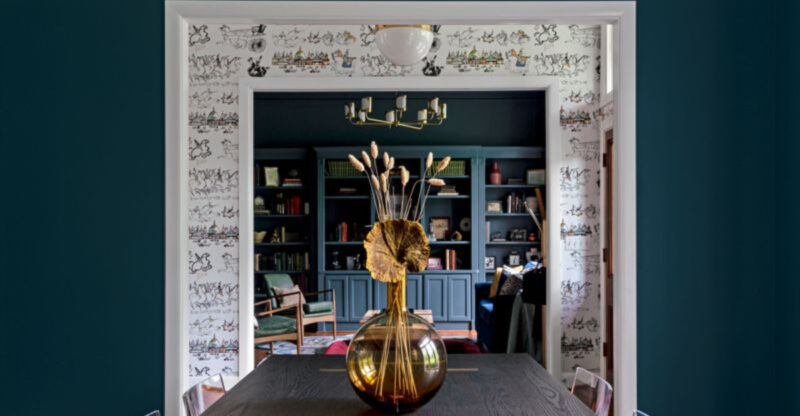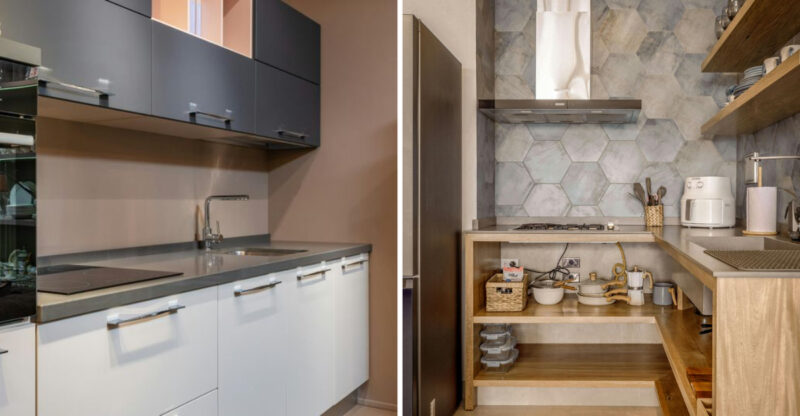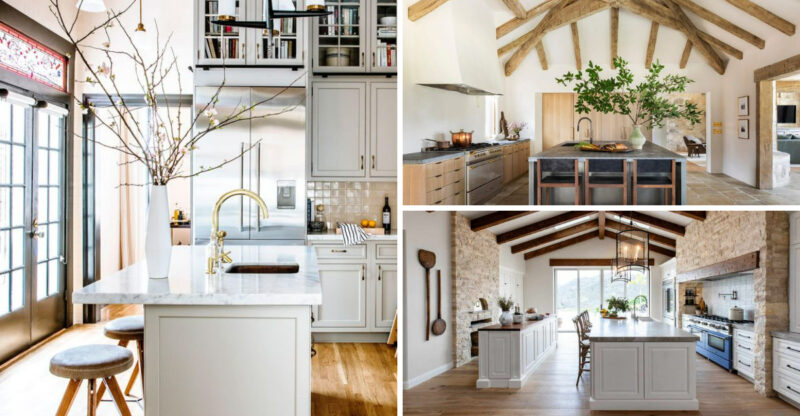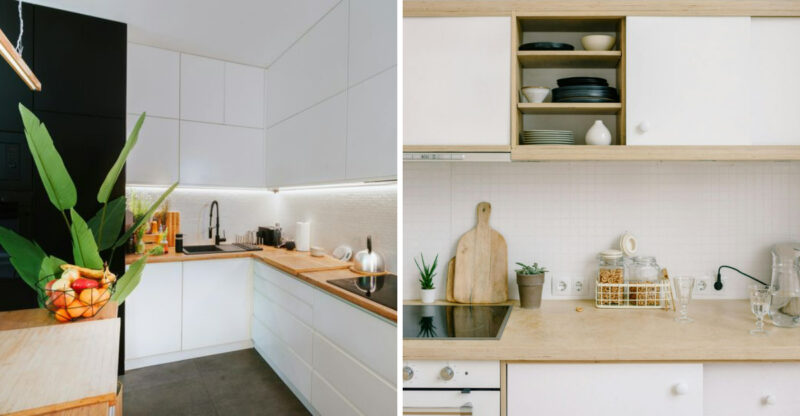13 Entryway Turn-Offs That Leave A Bad First Impression On Buyers
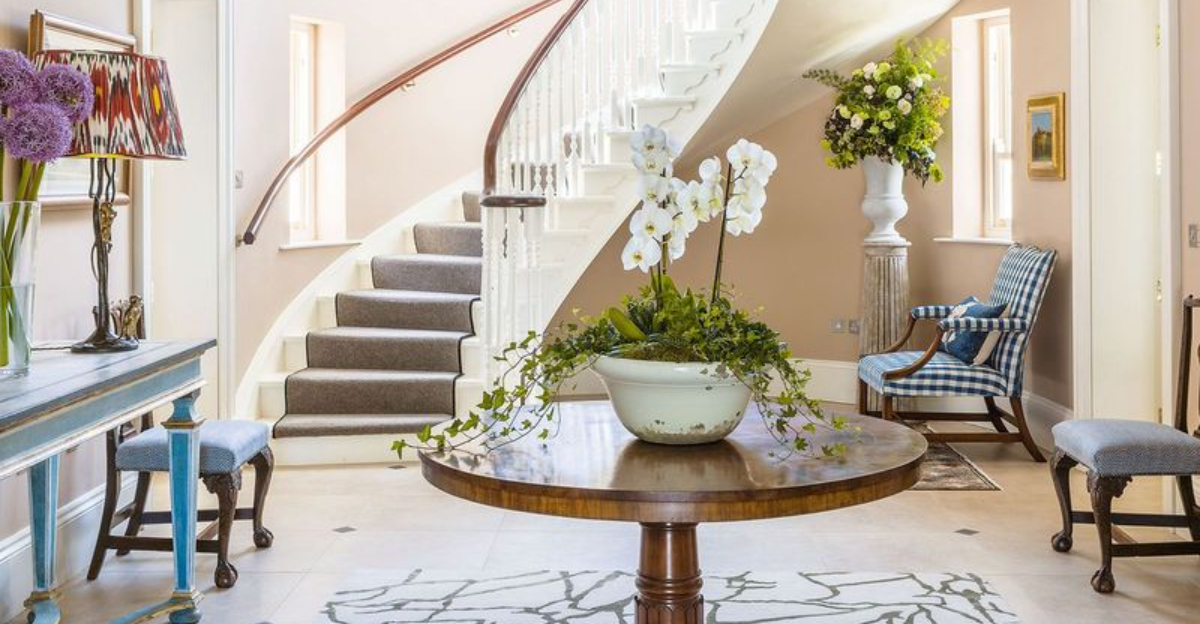
Your entryway sets the stage for everything buyers will experience in your home. Those first ten seconds can make or break a potential sale faster than you can say ‘welcome mat.’
Many sellers don’t realize how quickly a poorly designed entryway can turn off even the most enthusiastic buyer. From clutter to awkward lighting, small missteps here can overshadow your best features.
Want to make a knockout first impression? Check out the article to discover the top entryway mistakes to avoid and how to create a welcoming space that has buyers falling in love before they even step inside!
1. Cluttered Coat Racks
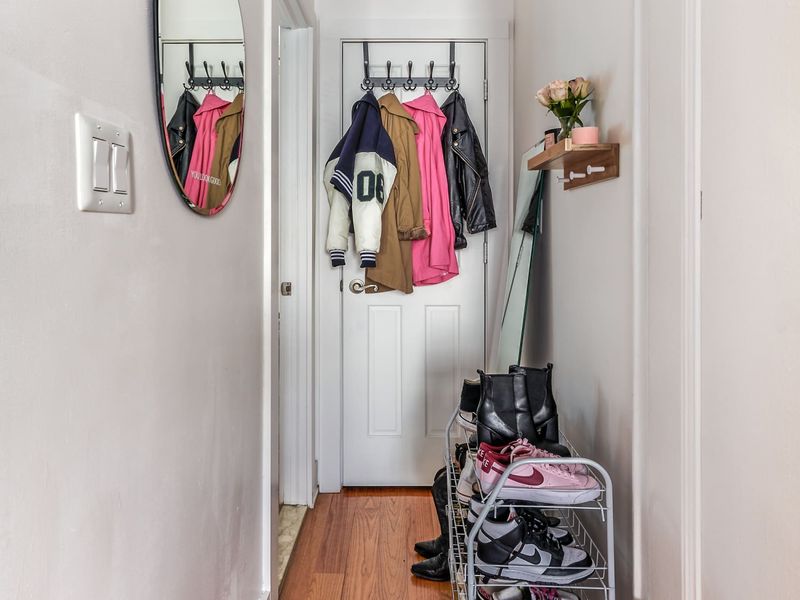
Nothing screams ‘we don’t have enough storage’ like an overstuffed coat rack greeting potential buyers. Those jackets, scarves, and random baseball caps create visual chaos that makes spaces feel cramped and disorganized.
The coat rack should showcase just two or three seasonal items, not your entire winter collection since 2010. Remember how buyers think, if you don’t have room for your stuff, they won’t have room for theirs either.
2. Shoe Mountains

How quickly a neat entryway transforms into Mount Footwear! Those piles of shoes create an immediate obstacle course that buyers must navigate just to enter your home.
Shoe collections should be edited down to a handful of current pairs, with the rest tucked away in closets. This eyesore not only looks messy but signals inadequate storage throughout the home.
Plus, nobody wants to play hopscotch over your muddy running shoes while trying to admire your crown molding.
3. Dark And Gloomy Lighting
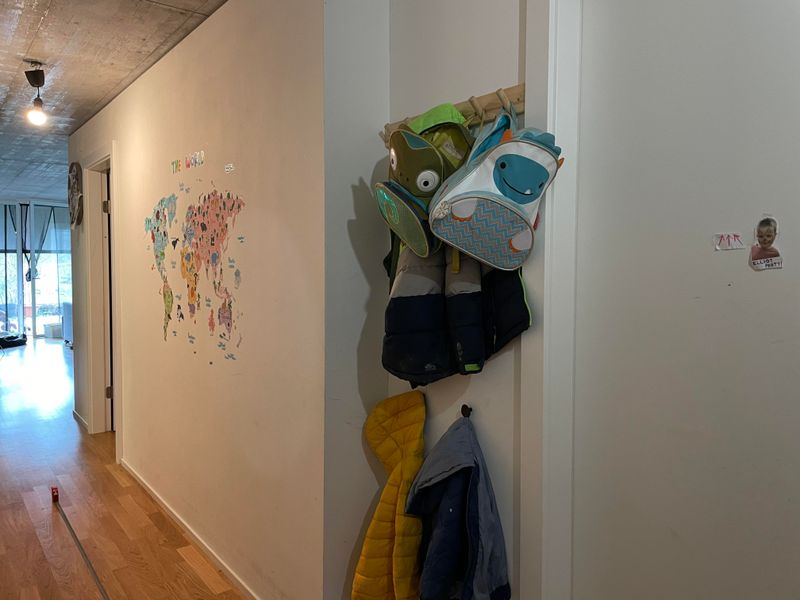
Walking into a dim cave doesn’t exactly scream ‘welcome to your dream home!’ Poorly lit entryways feel uninviting and can make even spacious foyers feel claustrophobic and dreary.
Lighting sets the mood for the entire home tour. Buyers who can’t clearly see your entryway details might wonder what other flaws you’re hiding in the shadows.
Proper illumination isn’t just practical, it’s psychological proof that you’ve maintained the home with care and attention.
4. Overwhelming Scents
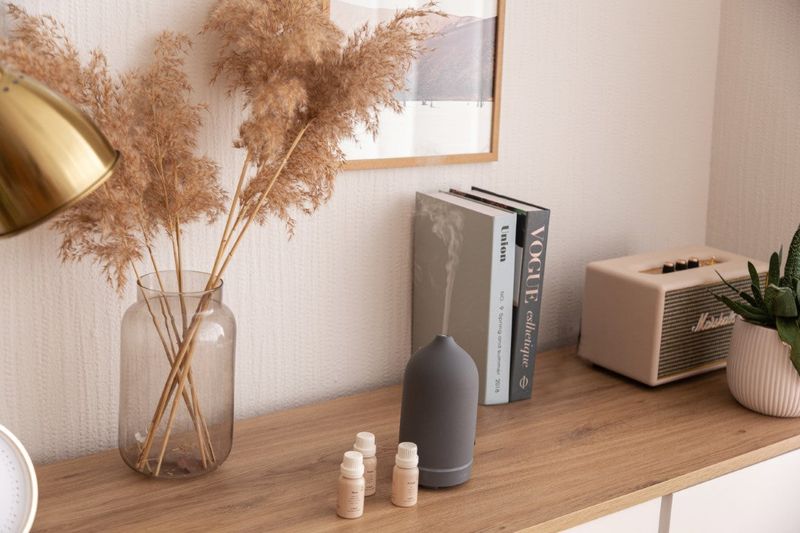
That ‘tropical breeze’ plug-in might smell delightful to you, but it could be sending buyers straight back out the door. Strong artificial fragrances often make people wonder what odors you’re trying to mask.
Scent memories are powerful triggers. Your beloved potpourri might remind someone of their stuffy great-aunt’s house rather than a fresh, clean home.
Aim for subtle, natural freshness instead of a perfume counter explosion. When buyers can’t breathe comfortably in your entryway, they won’t stick around to see the rest.
5. Outdated Wallpaper
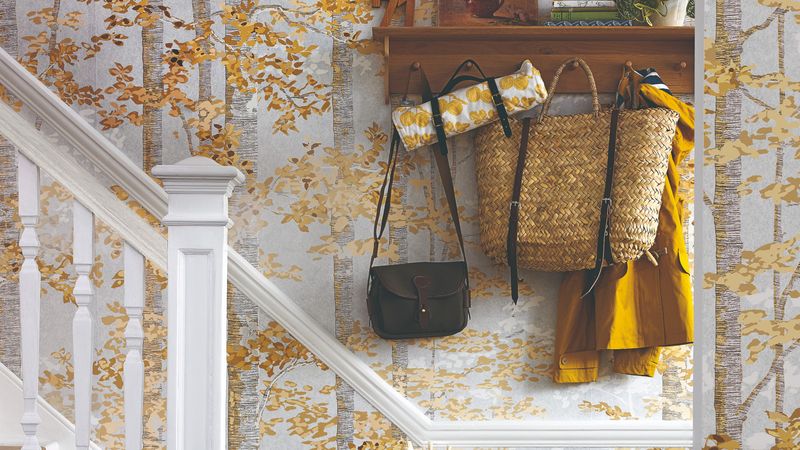
Though you might have emotional attachment to that 1980s floral wallpaper your grandmother installed, buyers see it as a time-consuming removal project they’ll need to tackle immediately.
Wallpaper dates a home faster than almost any other design element. Those busy patterns and faded colors in your entryway telegraph that the entire house might be stuck in a time warp.
Even if the rest of your home is updated, buyers form their opinion in those crucial first moments while staring at your vintage wallpaper border.
6. Personalized Door Mats
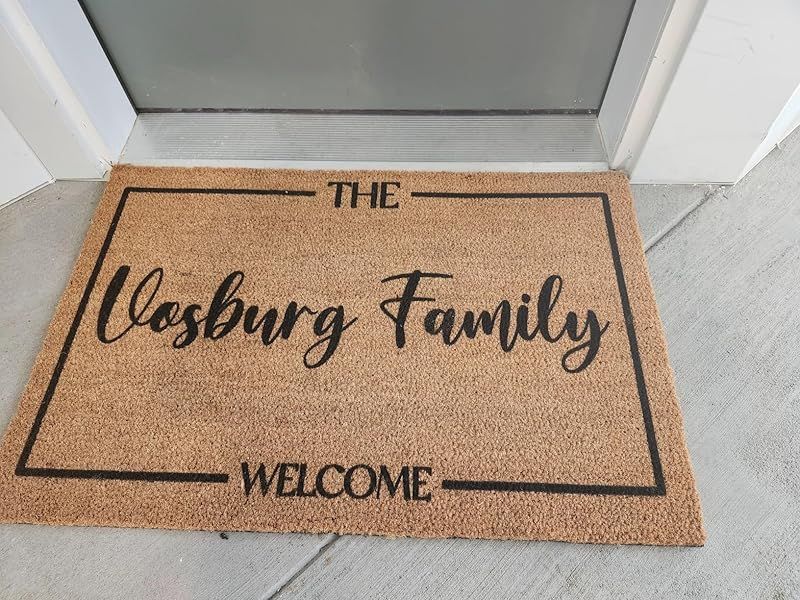
Where else but your doormat would you announce that the ‘Johnsons live here with 3 kids and a grumpy cat named Fluffy’? These ultra-personalized items make it harder for buyers to envision the home as their own.
Door mats with your family name, inside jokes, or polarizing statements create an immediate psychological barrier. Buyers need to mentally move into your space, not feel like they’re intruding on your territory.
A simple, clean welcome mat does the job without the emotional baggage that comes with your personalized doorstep biography.
7. Cracked Floor Tiles
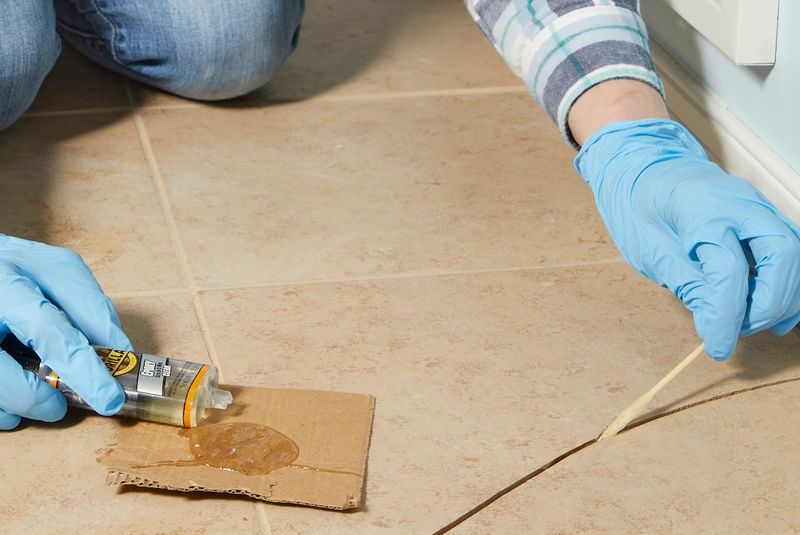
If potential buyers spot damaged flooring in the first five feet of your home, they’ll immediately wonder what other maintenance issues are lurking around every corner.
Cracked tiles send a powerful subliminal message about neglect. These floor flaws create a negative impression that’s hard to shake, even if the rest of your home is immaculate.
Flooring is a fundamental element that buyers scrutinize closely, and entryway damage suggests the entire foundation might be problematic.
8. Bulky Furniture Blockades
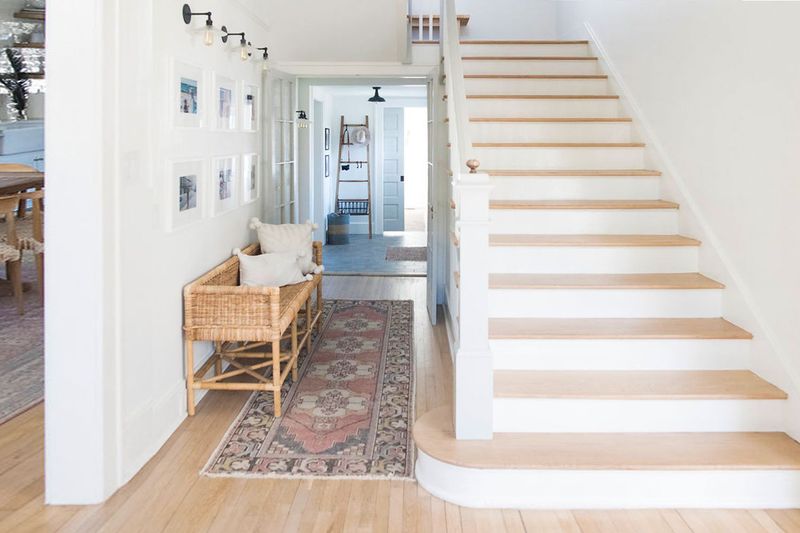
When buyers have to perform gymnastics just to get past your massive console table, you’ve created an obstacle course, not an entryway.
Oversized furniture in entryways disrupts the natural flow and makes spaces feel cramped. The entry should invite people further into the home, not challenge them to a game of human Tetris.
Scale matters tremendously in these transition spaces, and that heirloom armoire might be better showcased in your next home rather than blocking the pathway in this one.
9. Neglected Doorbell Systems
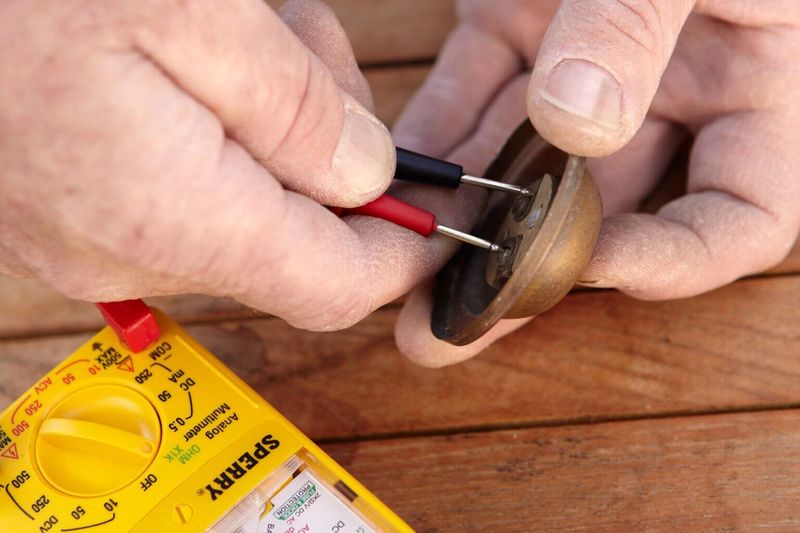
Nothing says ‘we’ve given up on maintenance’ quite like pressing a doorbell that emits a sickly buzz or, worse, doesn’t work at all.
Doorbells create the very first interaction buyers have with your home. Broken systems suggest other neglected details throughout the property.
This seemingly minor issue carries outsized psychological weight because it’s literally the first thing buyers touch. Fix that sad doorbell before it rings the death knell for your home sale.
10. Political Or Religious Displays
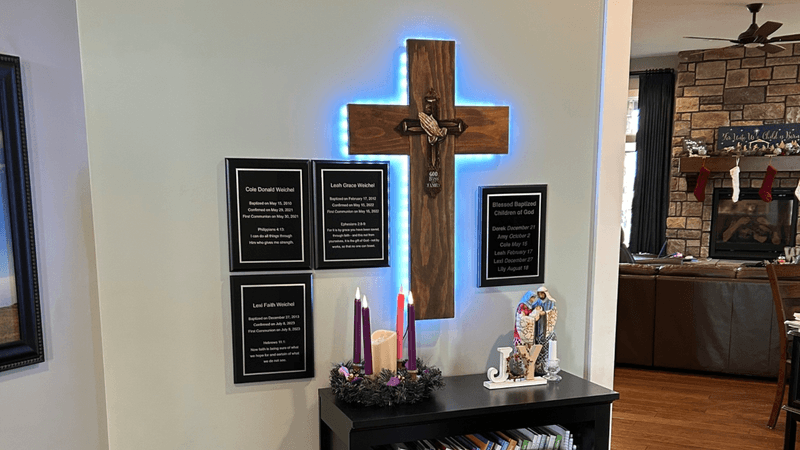
Your collection of campaign signs or religious icons might perfectly represent your values, but they can create immediate disconnection with buyers who don’t share those specific beliefs.
Entryways should be neutral zones that welcome everyone. Strong ideological statements narrow your buyer pool dramatically before they’ve even stepped inside.
These displays make it difficult for buyers to project themselves into the space because they’re constantly reminded they’re in someone else’s territory with different values.
11. Dirty Light Switch Plates
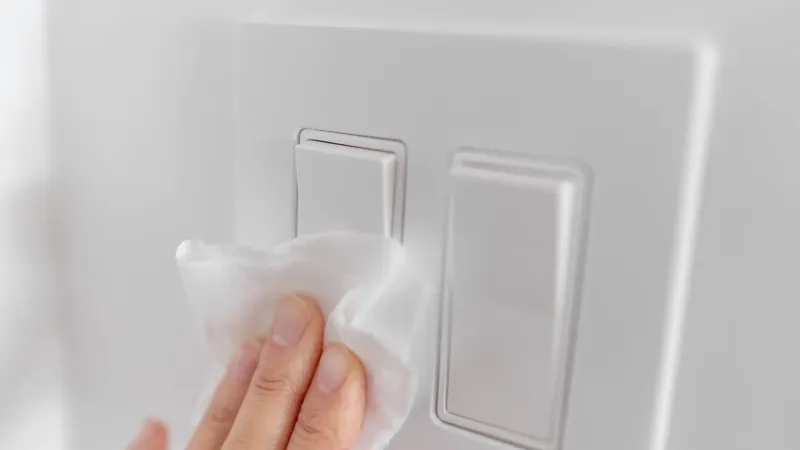
Those grimy fingerprints around your light switches tell a tale of neglect that buyers notice immediately.
Light switches are high-touch surfaces that reveal how thoroughly you’ve cleaned.
Buyers instinctively look for and touch these controls when entering a home. Dingy switch plates with years of accumulated grime create an impression of overall uncleanliness that’s hard to shake.
This small detail carries an outsized impact because it’s literally at buyers’ fingertips within seconds of entering.
12. Mail Mountains

When your entryway console resembles a post office sorting facility with teetering stacks of catalogs and bills, buyers see chaos and disorganization.
Mail piles signal a lack of systems and storage throughout the home. These paper mountains create visual clutter that distracts from architectural features and makes spaces feel smaller.
Buyers subconsciously register that if you can’t manage your mail effectively, other aspects of home maintenance might be equally neglected.
13. Mismatched Furniture Styles
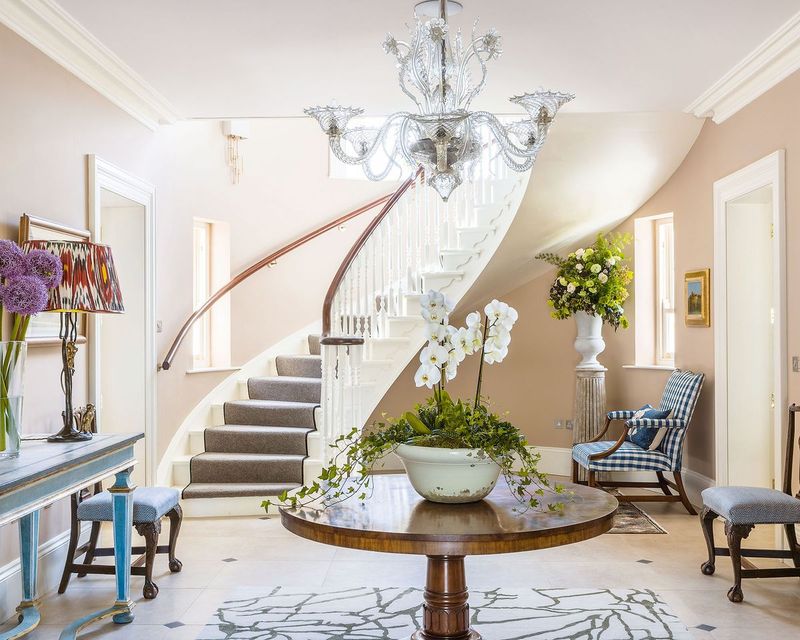
Though you might love your eclectic collection of entryway pieces, buyers often see design confusion rather than intentional curation.
Mismatched furniture without a unifying element creates visual discord that sets an unsettling tone for the entire home tour. The entryway establishes design expectations for what follows.
When styles clash dramatically in this introduction space, buyers unconsciously brace for more design chaos ahead, making them less receptive to your home’s genuine assets.

